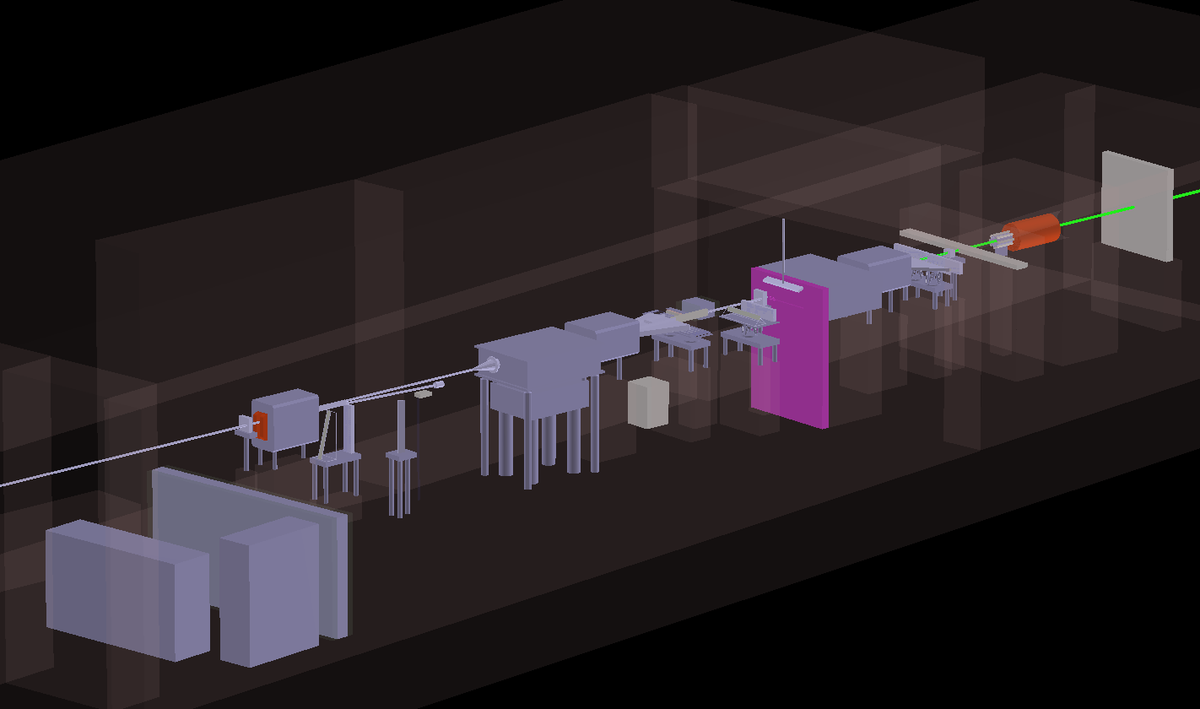LUXE-NPOD Design Optimization for Background-Free ALP Searches in Realistic Beam Dump Conditions
A collaboration across KIT, IFIC Valencia, Weizmann Institute, and the Technion has completed a detailed optimization of the LUXE-NPOD setup, aimed at discovering axion-like particles (ALPs) via photon beam dump interactions. Designed as an additional new physics program alongside LUXE’s primary strong-field QED objectives, NPOD uses the collimated, GeV-scale photon flux produced in the electron-laser interaction. These photons, when absorbed in a dense dump material, can generate ALPs via the Primakoff process. A downstream calorimeter then identifies ALPs decaying into photon pairs.
“In the prior work the main challenge was the amount of computational resources required for the simulation, leading to a simplified toy-model. Thanks to ETP computing resources, we were able not only to simulate more bunch crossings for a realistic experimental setup, but to test different designs, including the implementation of a magnetized dump”, explains Dr. Quishpe. The study replaces prior work that used simplified assumptions, with full Geant4 simulations, realistic detector modeling and reconstruction, and refined beam dump designs. The optimized design is a tungsten core wrapped in lead, enclosed in concrete, to suppress neutron and photon backgrounds.
The LUXE ECAL, a compact, high-granularity SiW calorimeter, is central to this experiment. It resolves photon pairs down to ~2 cm separation, reconstructs time, energy and incident angle with high precision, and rejects neutron and pion backgrounds with >99% efficiency. With this validated setup, LUXE-NPOD will probe previously inaccessible ALP parameter space for ALPs with masses in the range of 30-300 MeV.
The full study is available as a preprint.
Contact: Dr. Nicolò Trevisani and Dr. Raquel Quishpe


